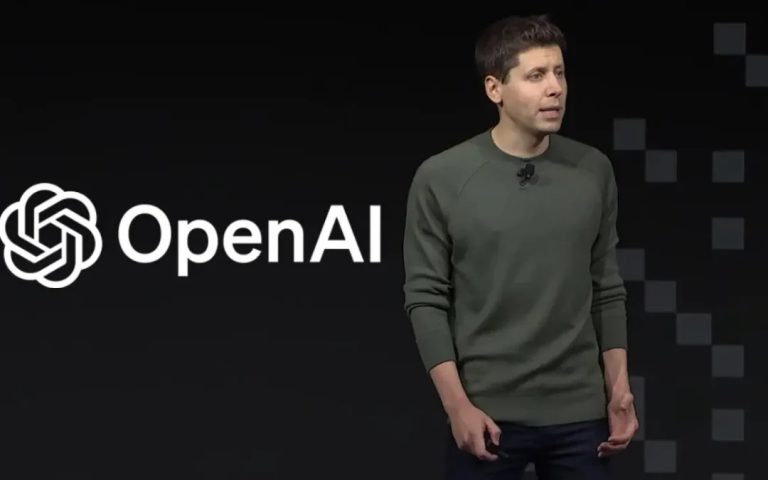
OpenAI is not expecting to achieve positive cash flow until 2029, according to a Bloomberg News report citing a source familiar with the company’s financial outlook.
While the artificial intelligence powerhouse has projected explosive revenue growth in the coming years, it continues to grapple with overwhelming costs tied to computing infrastructure, AI research, and the talent required to sustain its leadership in the industry.
The six-year timeline to profitability has raised concerns, especially given the massive investments the company has received from backers, most notably Microsoft, which has poured over $13 billion into OpenAI. For investors who have pumped billions into the company, 2029 seems like a long wait for returns, fueling scrutiny over OpenAI’s ability to generate sustainable profits.
Register for Tekedia Mini-MBA edition 17 (June 9 – Sept 6, 2025) today for early bird discounts. Do annual for access to Blucera.com.
Tekedia AI in Business Masterclass opens registrations.
Join Tekedia Capital Syndicate and co-invest in great global startups.
Register to become a better CEO or Director with Tekedia CEO & Director Program.
Microsoft’s funding has been pivotal in OpenAI’s expansion, granting it access to the tech giant’s Azure cloud infrastructure and GPU resources. The investment has also allowed OpenAI to scale its AI models and integrate its technology into Microsoft products such as Copilot and Azure OpenAI Service.
Apart from Microsoft, OpenAI has attracted interest from venture capitalists and major tech firms eager to capitalize on the AI revolution. In late 2023, OpenAI was reportedly in discussions to sell employee shares at a valuation of $80 to $90 billion, making it one of the most valuable startups in the world.
OpenAI is reportedly close to finalizing a $40 billion funding round led by SoftBank Group Corp. — with investors including Magnetar Capital, Coatue Management, Founders Fund, and Altimeter Capital Management in talks to participate. The new mega round will take the company to a massive $300 billion valuation.
The staggering valuation raised expectations that OpenAI would rapidly transition into a cash-generating powerhouse, but its own projections suggest that financial stability is still years away.
However, OpenAI remains bullish on its long-term growth. The company expects its annual revenue to surpass $125 billion by 2029, a sharp increase from current levels. Bloomberg’s report indicates that OpenAI projects $12.7 billion in revenue for 2025, a dramatic rise from the $3.7 billion estimated for 2024.
While these figures indicate strong demand for OpenAI’s AI-powered tools, they do not immediately offset the enormous costs of running the business. The company continues to burn through capital due to the rising cost of AI training, which requires cutting-edge GPUs, data centers, and an elite workforce of AI researchers and engineers. The cost of high-performance AI chips, particularly those from Nvidia, has skyrocketed as demand has outpaced supply, forcing OpenAI to spend billions on computing infrastructure alone.
The Push to Justify AI Investments
To address investor concerns, OpenAI has ramped up efforts to diversify its revenue streams. Since launching ChatGPT in 2022, the company has introduced several subscription-based services, including ChatGPT Plus for individual users and enterprise AI solutions for businesses. These offerings have gained traction, with OpenAI surpassing 2 million paying business users by February 2024, doubling its subscriber count in less than six months.
Additionally, OpenAI has been monetizing its AI application programming interfaces (APIs), allowing businesses to integrate its models into their platforms. Partnerships with major corporations and cloud services have further bolstered its revenue potential, but questions remain about whether these initiatives can generate enough income to match the company’s valuation and investment levels.
The next few years will be critical for OpenAI as it seeks to prove that its AI-driven business can become a self-sustaining enterprise rather than a costly research project dependent on external funding. The company faces fierce competition from rivals such as Google DeepMind, Anthropic, and Meta, all of which are aggressively developing their own generative AI models.
There is also the looming challenge of AI regulation, as governments worldwide move to introduce laws governing AI deployment and ethical concerns surrounding AI-generated content. Any regulatory hurdles could slow OpenAI’s momentum, further complicating its path to profitability.
Presently, OpenAI seems to be betting that continued AI advancements and increasing adoption will ultimately justify the billions that have been poured into its development. But for investors, especially Microsoft, the question remains: how long are they willing to wait for OpenAI to turn its AI dominance into a profitable enterprise?



